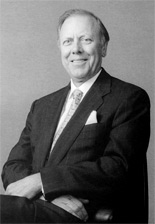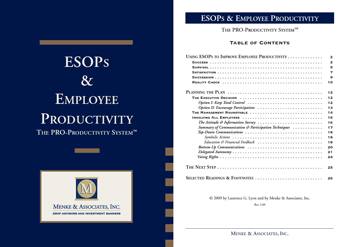WinSystems, an Employee-Owned Corporation on Youtube
Here is a video posted by one of The Menke Group’s Clients: WinSystems, an embedded PC designer and manufacturer, provides a high level of quality and customer service through an Employee Stock Ownership Plan (ESOP). This leads to employees holding a direct stake in maintaining a high level of customer service. Here is the full…


